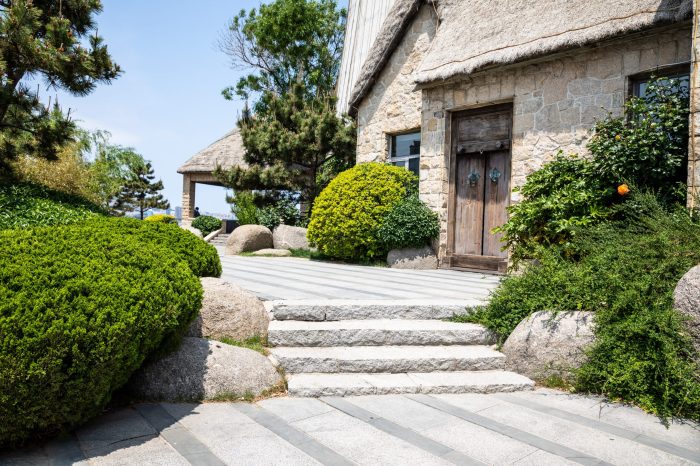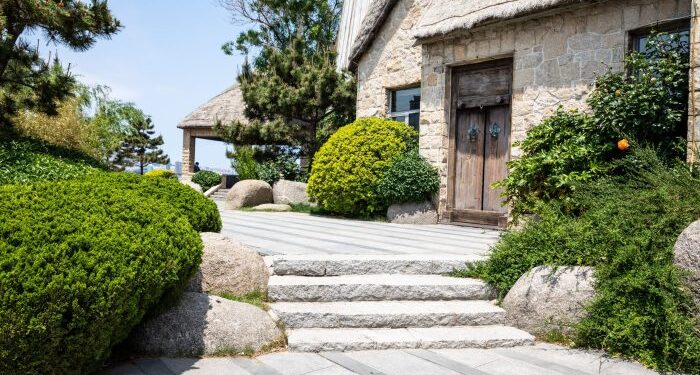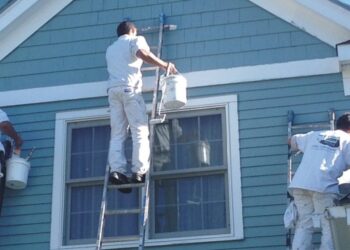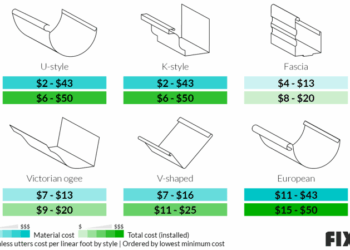Exploring the world of outdoor flooring options, this comprehensive guide dives into the different materials, factors to consider, installation methods, and design ideas. Whether you're looking for durability, aesthetics, or functionality, this guide has you covered.
Types of Outdoor Flooring

When it comes to outdoor flooring options, there are several materials to choose from, each with its own set of advantages and considerations. Let's explore some of the most popular types of outdoor flooring and their characteristics.
Wood
Wood is a classic choice for outdoor flooring, providing a natural and warm aesthetic to any outdoor space. While wood is durable, it requires regular maintenance to prevent rotting, warping, or fading. Popular wood options include cedar, redwood, and pressure-treated pine.
Composite
Composite outdoor flooring is a modern alternative to wood, offering the look of wood without the high maintenance requirements. Made from a combination of wood fibers and recycled plastic, composite materials are durable, resistant to rot and insects, and require minimal upkeep.
Concrete
Concrete is a versatile and durable outdoor flooring option that can be customized with various finishes, colors, and patterns. While concrete is low maintenance and long-lasting, it can crack over time, especially in areas with extreme temperature changes.
Stone
Natural stone, such as slate, travertine, or limestone, is a luxurious outdoor flooring choice that adds elegance and sophistication to any outdoor space. Stone is extremely durable and resistant to weathering, but it can be more expensive and may require professional installation.
Factors to Consider When Choosing Outdoor Flooring
When selecting outdoor flooring options, it is essential to consider various factors that can impact the durability, safety, and overall functionality of the space. Factors such as climate, location, usage, weather resistance, foot traffic, and safety considerations play a crucial role in deciding the most suitable outdoor flooring for your needs.
Climate and Location
One of the primary considerations when choosing outdoor flooring is the climate and location where the flooring will be installed. Different materials react differently to varying weather conditions, so it is important to select a flooring option that can withstand the specific climate of your area.
For example, in areas with high humidity or frequent rain, materials like concrete, stone, or composite decking may be more suitable due to their weather-resistant properties.
Weather Resistance
Weather resistance is a key factor to consider when choosing outdoor flooring. The flooring material should be able to withstand exposure to sunlight, rain, snow, and fluctuating temperatures without deteriorating or requiring excessive maintenance. Materials like porcelain tile, concrete pavers, and pressure-treated wood are known for their durability and resistance to weather elements.
Foot Traffic
The amount of foot traffic the outdoor space will experience is another important factor to consider. High-traffic areas, such as patios or pathways, require flooring that is durable and can withstand frequent use without showing signs of wear and tear.
Materials like brick, stone, or concrete are ideal for areas with heavy foot traffic due to their strength and longevity.
Safety Considerations
Safety should always be a top priority when choosing outdoor flooring, especially if the space will be used by children, elderly individuals, or individuals with mobility issues. Slip-resistant materials like textured concrete, rubber pavers, or composite decking can help prevent accidents caused by wet or slippery surfaces.
Additionally, choosing flooring with smooth edges and proper drainage can reduce the risk of tripping or falls.
Installation Methods for Outdoor Flooring
When it comes to installing outdoor flooring, the process can vary depending on the type of flooring you choose. Proper installation is crucial for both the durability and aesthetics of your outdoor space. Here, we will discuss the steps involved, tools needed for DIY installation, tips for preparation, and ensuring proper drainage.
Installing Interlocking Deck Tiles
Interlocking deck tiles are a popular choice for outdoor flooring due to their easy installation process. Here are the steps involved:
- Prepare the surface by ensuring it is clean, flat, and free of any debris.
- Start laying the tiles in a staggered pattern, interlocking them securely together.
- Cut tiles to fit the perimeter of the area using a saw as needed.
- Secure the outer edge tiles with edge pieces or trim for a finished look.
Installing Concrete Pavers
Concrete pavers are durable and versatile outdoor flooring options. Here's how to install them:
- Excavate the area to the desired depth, ensuring proper drainage slope away from the house.
- Add a base layer of compacted gravel and sand for stability.
- Lay the pavers in the desired pattern, leaving a small gap between each for joint sand.
- Fill the joints with sand and compact the pavers into place.
Tools and Equipment for DIY Installation
When installing outdoor flooring yourself, you will need a few essential tools and equipment:
- Tape measure
- Level
- Saw for cutting materials
- Rubber mallet for securing interlocking tiles
- Compactor for compacting base materials
- Protective gear such as gloves and safety goggles
Preparing the Outdoor Area
Before installing outdoor flooring, it's important to prepare the area properly:
- Clean the surface of any dirt, debris, or vegetation.
- Ensure the ground is level and compacted for stability.
- Consider adding a weed barrier or landscaping fabric to prevent weed growth.
- Check for proper drainage to prevent water pooling or damage to the flooring.
Maintaining Proper Drainage
Proper drainage is essential for the longevity of your outdoor flooring. Here's how to ensure good drainage:
- Ensure the flooring slopes away from any structures to prevent water damage.
- Add a gravel or sand base layer for improved drainage and stability.
- Consider installing a drainage system or French drain if needed for areas with poor drainage.
- Regularly clean debris from the surface to prevent clogs and water pooling.
Design Ideas for Outdoor Flooring
When it comes to designing outdoor flooring, there are endless possibilities to enhance the look and feel of your outdoor space. From creative patterns to integrating flooring with landscaping design, here are some ideas to create a cohesive outdoor living space using flooring.
Creative Patterns and Layouts
- Consider using a mix of materials like wood, stone, and concrete to create visual interest.
- Experiment with geometric patterns such as herringbone or basketweave for a modern look.
- Create a focal point with a unique design or motif in the center of your outdoor space.
Integrating Flooring with Landscaping Design
- Blend the colors and textures of your flooring with the surrounding landscape for a seamless transition.
- Use natural stone or gravel to create pathways that complement your outdoor flooring.
- Incorporate greenery around the edges of your flooring to soften the transition between indoor and outdoor spaces.
Cohesive Outdoor Living Space
- Choose flooring materials that complement the style of your home and outdoor furniture.
- Create designated areas for dining, lounging, and entertaining using different flooring materials or patterns.
- Add outdoor rugs or mats to define specific zones within your outdoor space.
Examples of Outdoor Flooring Designs
- For a modern home, consider using sleek concrete or porcelain tiles in a large format for a clean and minimalist look.
- Traditional homes can benefit from natural stone or brick pavers laid in a classic pattern like running bond or stacked bond.
- Cottage-style homes can embrace the charm of wood decking or rustic flagstone for a cozy and inviting outdoor space.
Conclusive Thoughts
In conclusion, choosing the best outdoor flooring for your space involves a careful consideration of materials, climate, design, and maintenance. By understanding these aspects, you can create a beautiful and functional outdoor area that suits your needs. Dive into the world of outdoor flooring options and elevate your outdoor living experience.
User Queries
What are the best materials for outdoor flooring?
The best materials for outdoor flooring are typically durable and weather-resistant, such as composite decking, porcelain tiles, and natural stone.
How do I choose outdoor flooring based on climate?
For hot climates, materials like porcelain tiles or composite decking work well, while in colder climates, natural stone or concrete may be more suitable.
What safety considerations should I keep in mind when choosing outdoor flooring?
Ensure the flooring has good traction to prevent slips, choose materials that don't get too hot in the sun, and consider the impact of weather on the surface.












